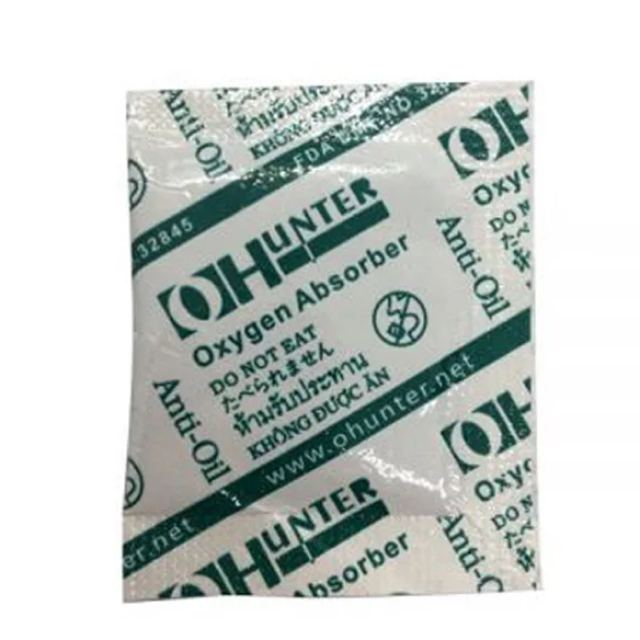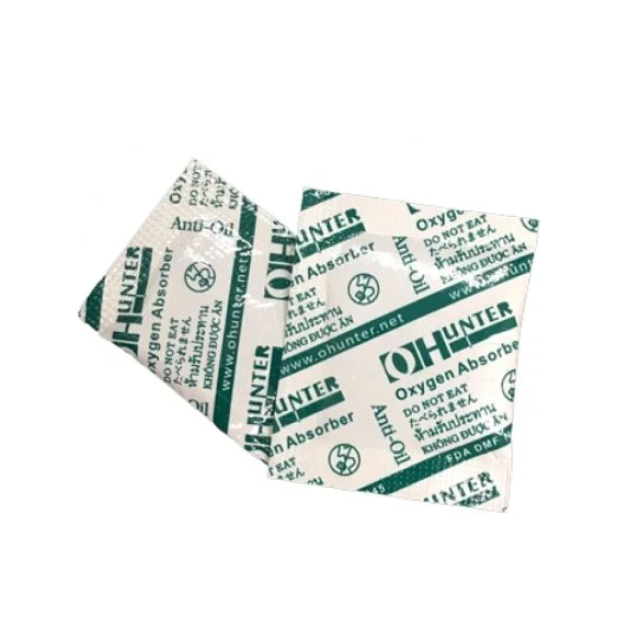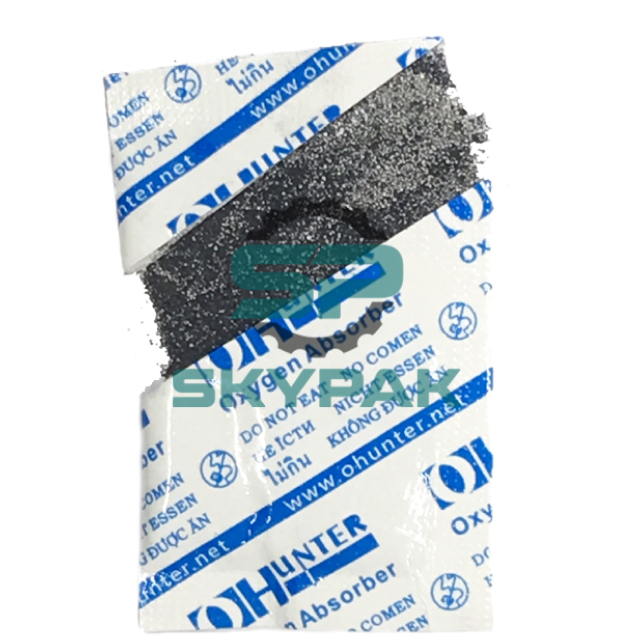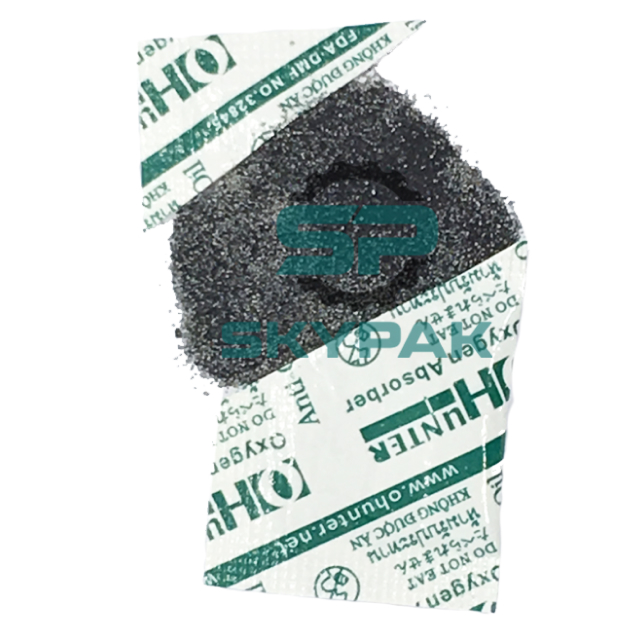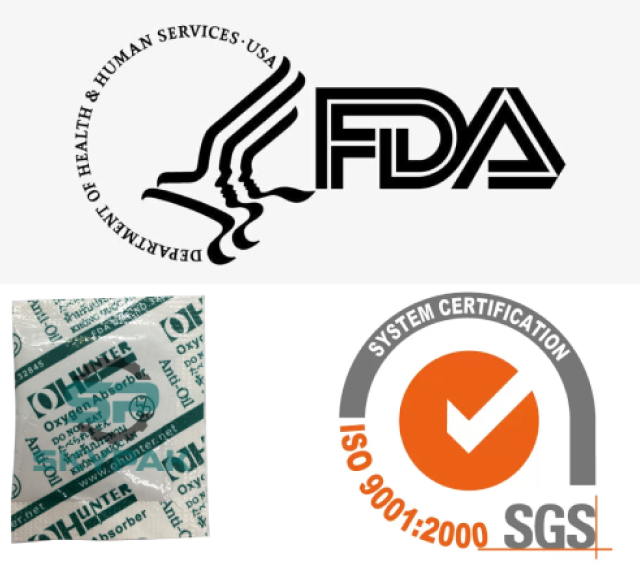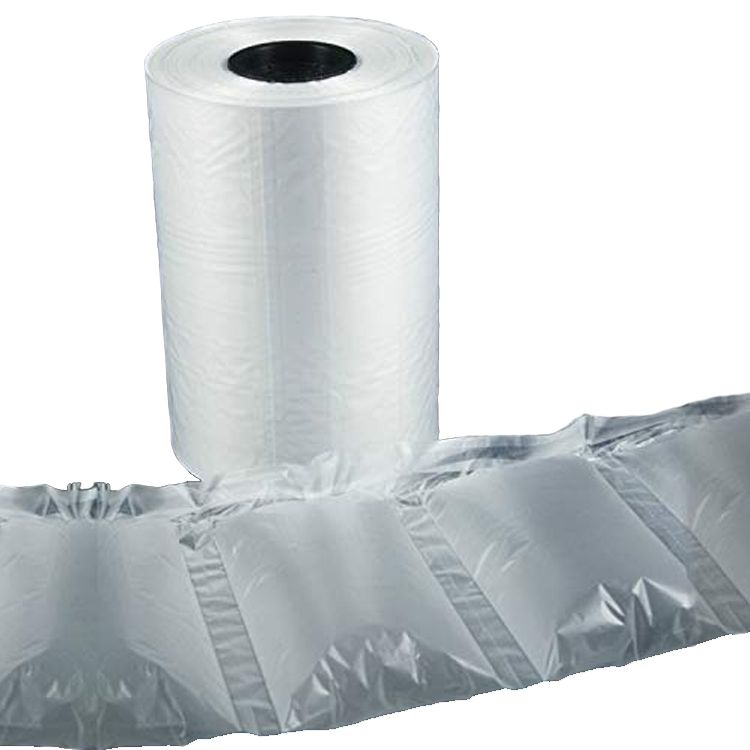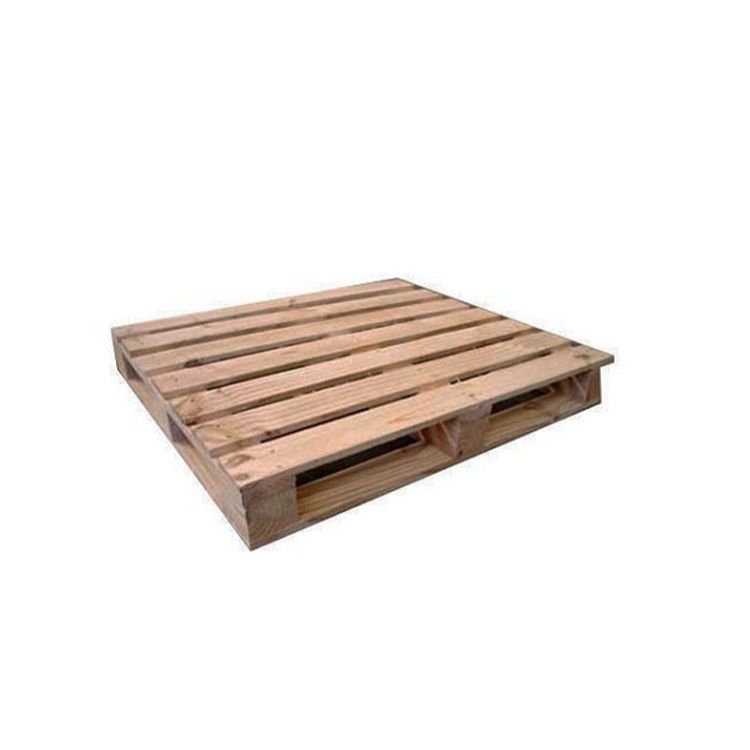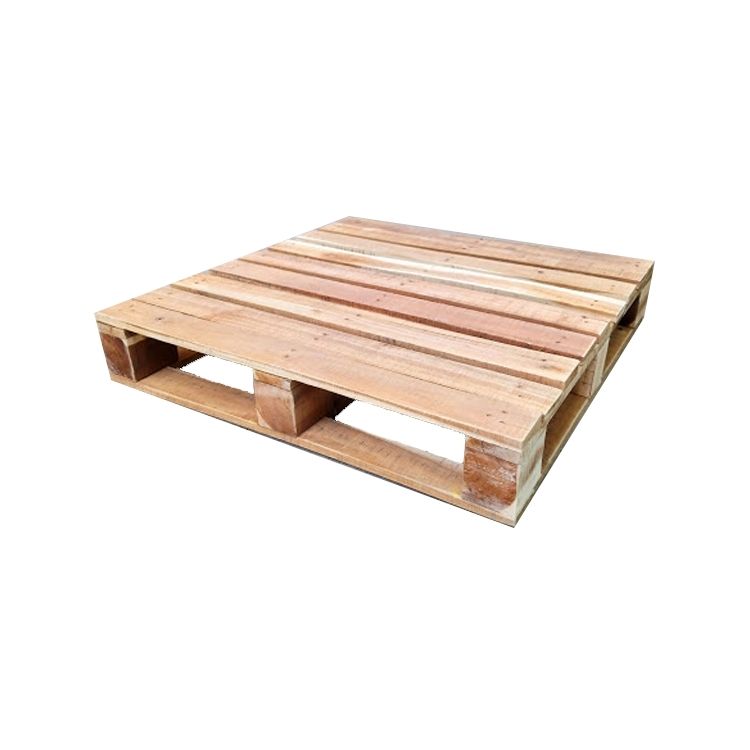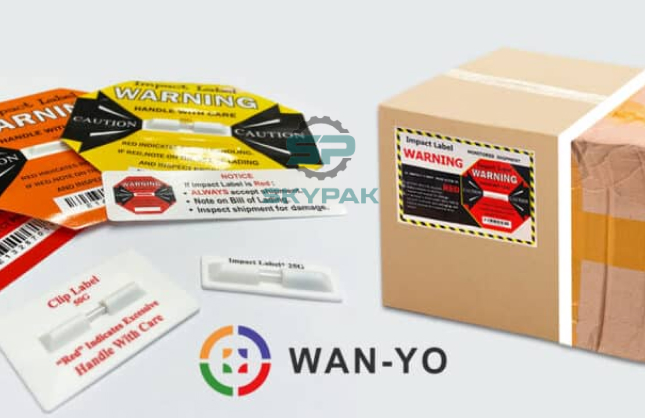
One of the biggest challenges facing the shipping industry is the mishandling of goods. Mishandling can have serious consequences for your items, especially for those that are particularly fragile and sensitive. If something goes wrong in transit, it’s difficult to know where the damage occurred, and your business will ultimately have to deal with the costs of remediation, replacement, and re-shipping. This is where impact warning labels come in handy as they are an effective way to track any potential shocks and bumps encountered by your product. In this article, let’s find out what is a crash warning label and what types of warning labels are there.
What is an impact warning label?
A collision warning label is a label affixed to a shipping container, with impact indicators that provide the user with immediate impact detection during manufacturing, storage, or during transit. Labels visually warn those involved in package handling that extra care needs to be taken. This is seen as a monitoring tool, affects the production and shipping of products, and can check if your service provider is operating and shipping properly.
The impact warning label consists of 2 parts: the warning sticker and the shock tube. The main tube part is filled with red liquid. When the cargo is fixed, the fluid is also stationary. On the contrary, when a large shock is encountered and the impact force exceeds the G value of the label, then the impact breaks the surface tension of the liquid and releases the red liquid. Thus, your customers and forwarders will know clearly that the goods have been affected by strong impacts during transportation. Slight movements do not affect the color change of the shock tubes, but once the color changes, they will not be able to return to their original state.
5 types of popular impact warning labels today
There are currently 5 types of impact warning stickers representing 5 levels of impact including 25g, 37g, 50g, 75g, and 100g. Each type corresponds to a different color. Green = 100g, Orange = 75g, Red = 50g, Purple = 37g and Yellow = 25g.
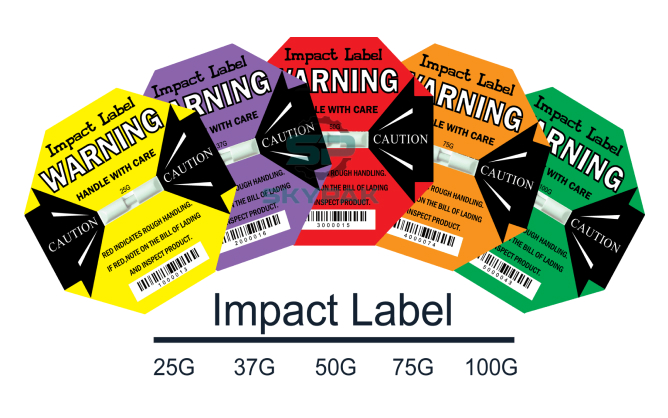
To choose the right impact detection sticker, you need to consider the weight and weight of the respective goods. The G value (25g/37g/50g/75g/100g) indicates the sensitivity of the label, the lower the G-number, the higher the sensitivity, i.e. extremely fragile or heavier items require a G-level smaller, such as 25G. Or the larger the value, the greater the force required. Less fragile or lighter items require a larger G rating, such as 50G.
The 25G impact detection label is suitable for the following goods:
Fragile
Large total weight
Large volume after packing
Vulnerable to minor impacts
Goods must not fall more than 15-30 cm
Can’t move manually
The 37G impact detection label is suitable for the following goods:
For fragile goods, slight vibrations can be accepted
Large total weight
Large volume after packing
Goods must not fall more than 20-40 cm
The 50G impact detection label is suitable for the following goods:
Accepts light bumps and low vibrations
Goods must not fall more than 30-60cm
The 75G impact detection label is suitable for the following goods:
Goods can be handled by one person
Light bumps are accepted, excluding strong bumps or unusual drops
Goods must not fall more than 60-90cm
The 100G impact detection label is suitable for the following goods:
Goods can be handled by one person
The product has a certain degree of impact resistance
Goods must not fall more than 90cm
For more detailed information or any questions about the above 5 types of shock warning labels, you can contact us for more advice and answers.











